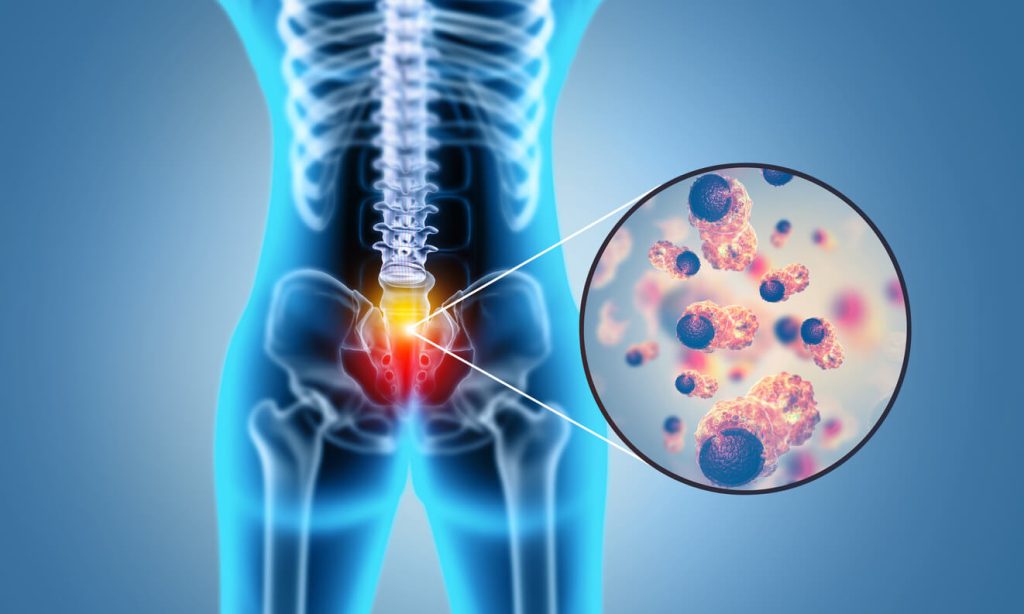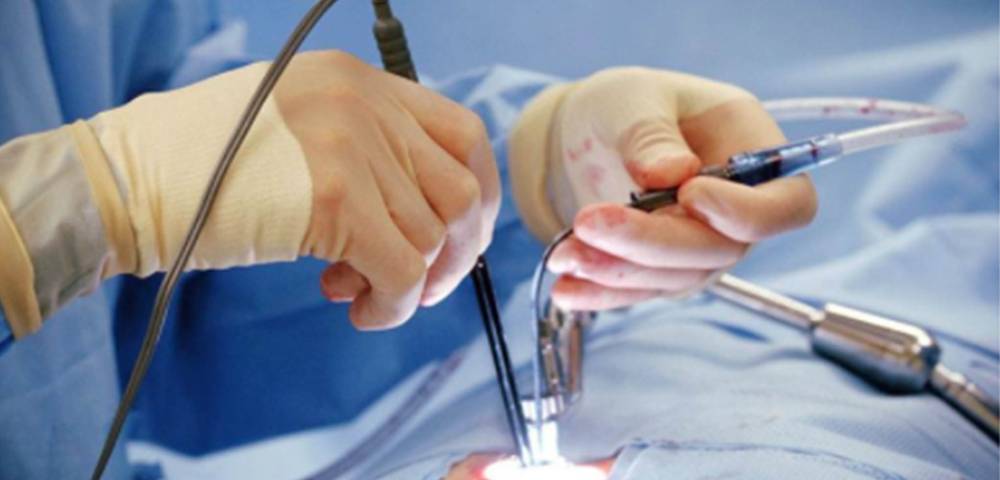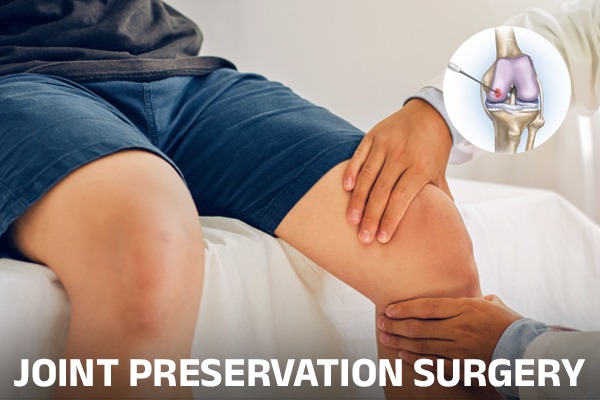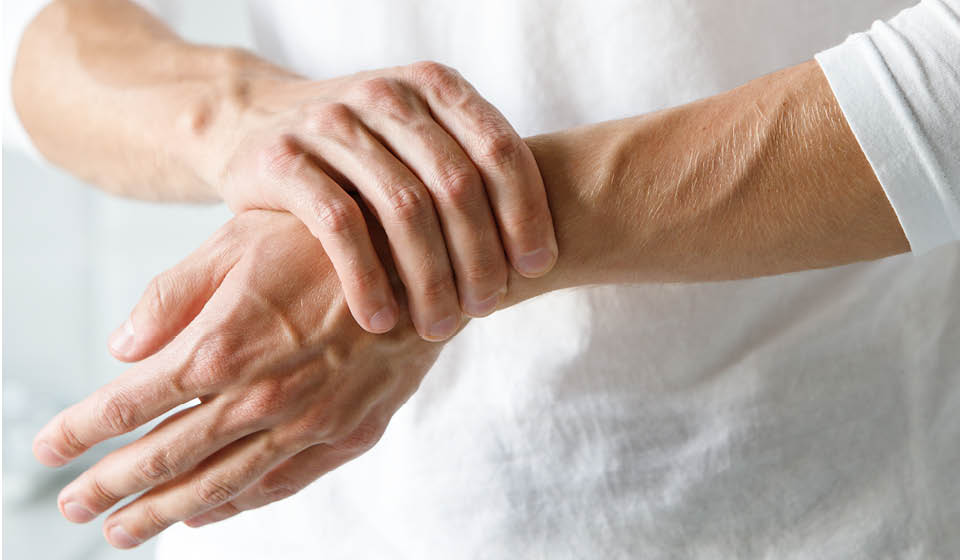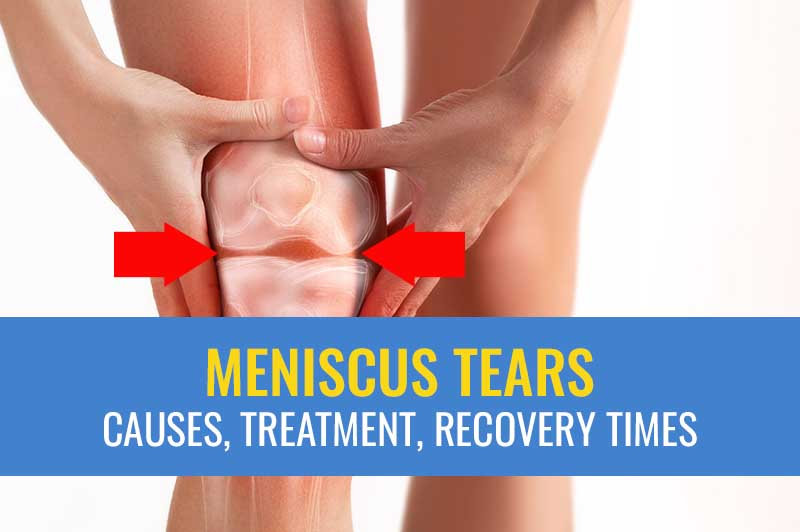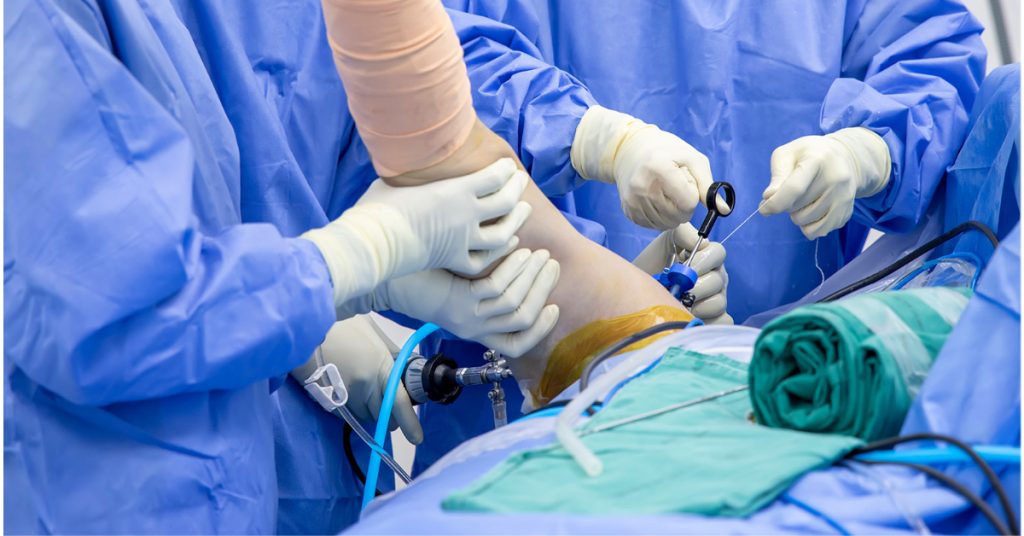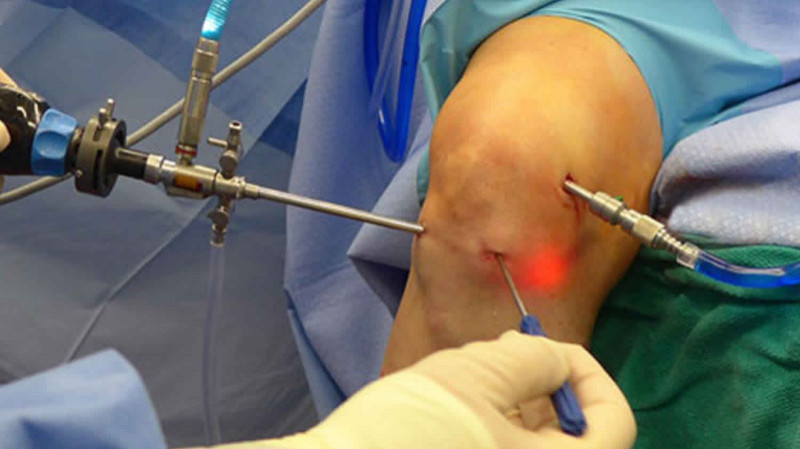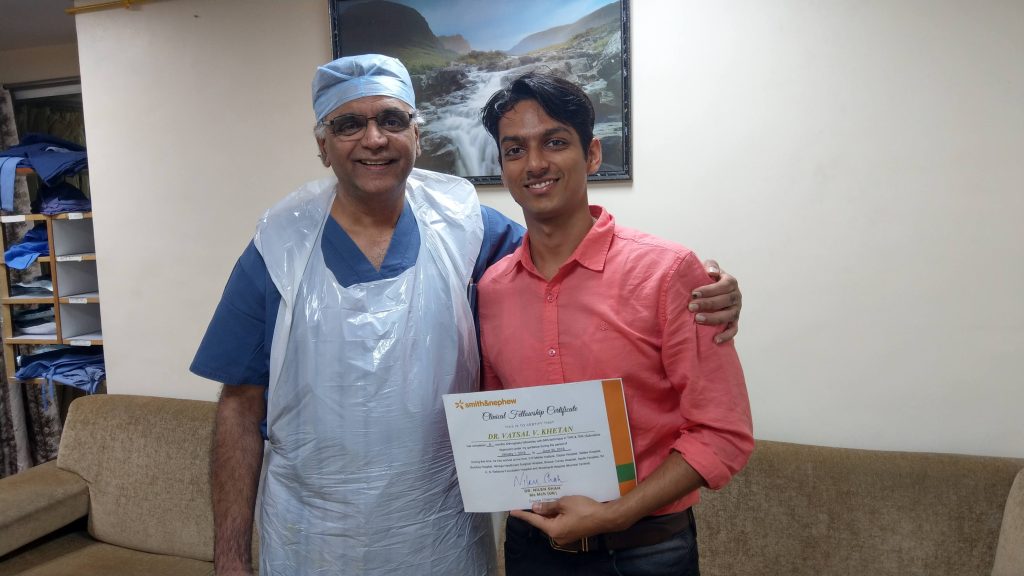Orthopedic Surgeon for Degenerative Conditions: What to Expect
Orthopedic Surgeon for Degenerative Conditions plays a crucial role in managing chronic joint and bone issues. Understanding what to expect from your consultation and treatment can help you navigate the journey toward improved mobility and reduced pain. What are Degenerative Conditions? Degenerative conditions are characterized by the gradual deterioration of joint and bone structures over time. Common examples include osteoarthritis, degenerative disc disease, and osteoporosis. Importance of Consulting an Orthopedic Surgeon An orthopedic surgeon specializes in diagnosing and treating musculoskeletal conditions, including degenerative diseases. They provide comprehensive care, from diagnosis to surgical and non-surgical treatments, tailored to the patient’s needs. When to See an Orthopedic Surgeon for Degenerative Conditions If you experience chronic pain, stiffness, or reduced mobility that affects your daily activities, it may be time to consult an orthopedic surgeon. Early diagnosis and intervention can prevent further deterioration and improve your quality of life. For more information, check out conditions treated by orthopedic surgeons. The Consultation Process During your first visit, the orthopedic surgeon will take a detailed medical history and conduct a physical examination. They may also request imaging tests such as X-rays, MRI, or CT scans to assess the extent of the degeneration. Based on the findings, they will develop a personalized treatment plan. Treatment Options for Degenerative Conditions Treating degenerative conditions involves a range of non-surgical and surgical options. Dr. Vatsal Khetan’s expertise in treating these conditions can guide you through the following treatments: Non-Surgical Treatments Surgical Treatments Recovery and Rehabilitation Recovery from surgery varies depending on the type and extent of the procedure. Physical therapy is essential to restore strength and mobility. Dr. Vatsal Khetan’s guidance on sports medicine can help you navigate the recovery process. Long-Term Outcomes With appropriate treatment and rehabilitation, most patients can achieve significant improvement in joint function and pain relief. For tips on managing chronic pain, explore advanced chronic pain management. Connect with Us Follow us on social media for the latest updates: Contact Information Name: Dr. Vatsal Khetan Address: SK Pandey Complex, Betiahata Rd, beside Union Bank, Betiahata, Gorakhpur, Uttar Pradesh 273001 Phone: +91-9662 365 917
Orthopedic Surgeon for Degenerative Conditions: What to Expect Read More »

